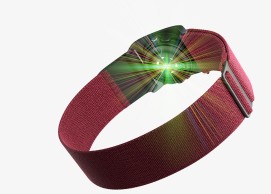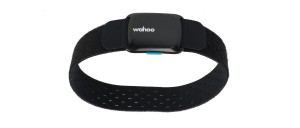The optical sensor will end the chest-strap heart rate monitor
Measuring heart rate is the most affordable way to have a measure of the effort made. Therefore, the use of the heart rate monitor continues to be popular to have a reference of the intensity level of our pedaling. However, its use has had the historical toll of the need to use the chest strap, unbearable for many. Now, optical sensors seem to be the alternative.

Heart rate measurement inexorably evolves towards optical sensors
Since the mid-80s, when the first portable heart rate measurement devices began to appear, heartbeats became a useful tool to know the intensity of the effort made during sports activities, including cycling.
Over the years, this way of quantifying intensity became cheaper, miniaturized to be within the reach of not only competition athletes, as was the case in its beginnings, but practically any athlete. Despite the democratization of power meters in cycling, heartbeats continue to be widely used. Even those who use power as a reference continue to consult heartbeats as a reference for how workouts impact the body and the body assimilates efforts.
RECOMENDADO

When do helmets have to be changed? Do they have an expiration date?

The best apps for cycling and mountain biking

Black Friday 2025 cycling bargains: save on Garmin, POC, Maxxis and more

Black Friday Garmin 2025: the ultimate guide to choosing your GPS at the best price
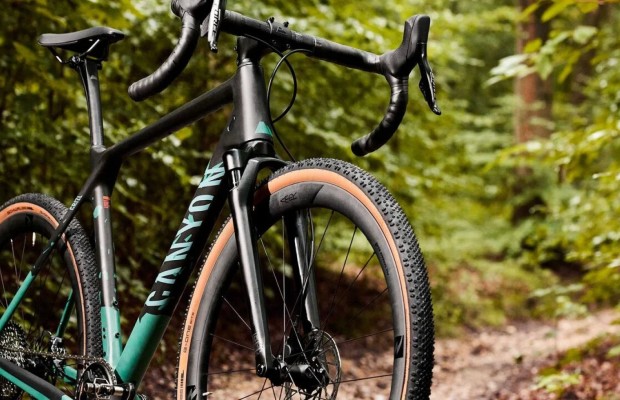
Do you need suspension on your gravel bike?
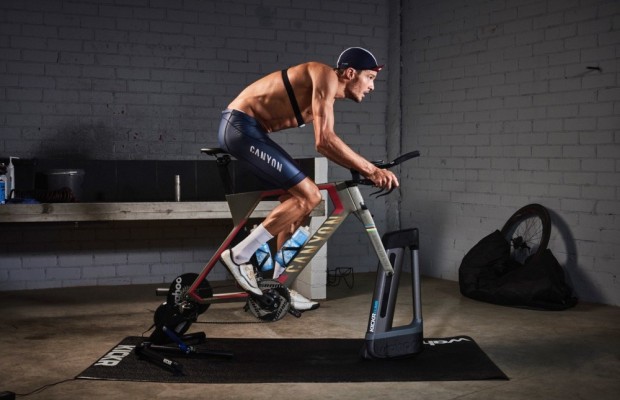
A real workout saver of only 56 min on the turbo trainer

However, all this did not end with one of the essential elements for measurement, the chest strap capable of detecting the electrical impulses produced by the heart and transforming this information into beats per minute data that was transmitted to the watch or cycle computer to display them on the screen. A gadget that many have always found tremendously uncomfortable when doing physical activity even though current models have fully adaptable elastic straps and do not need to be as tight to fulfill their function as was the case with the original models.
Apart from the aspect of comfort, the straps and the sensors of the same have always been plagued by a short durability due to their clear exposure to sweat generated by physical activity that ended up surpassing any seal and damaging the electronics, no matter how much care we had with them.
In recent years, with the generalization of smartwatches and sports models specifically designed for running or triathlon, the optical measurement of heart rate began to be introduced. A system based on an LED that passes through the skin, illuminating the blood vessels so that a sensor is able to detect the volume variation in them that occurs with each heartbeat. Technology that is also used to measure blood oxygen saturation.
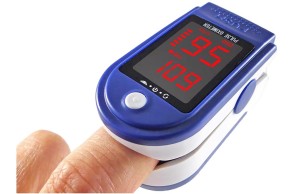
Although in the field of medicine this type of measurement is widely used, at a sports level in its beginnings it posed quite a few precision problems, throwing in the initial models in many cases erratic information depending on various factors, from skin tone, if it is placed in an area with hair or the sweat produced during exercise. Also the placement of the sensor that had to be very close to the skin to obtain reliable readings.
Over the years, these sensors have been evolving, appearing, in addition to those present in sports watches that obtain their data directly from the wrist, armband type sensors in replacement of traditional pulse straps. The precision of the sensors has also been improving to make them less sensitive to the conditions we mentioned before, using different light frequencies in their LEDs and through more evolved signal interpretation software.
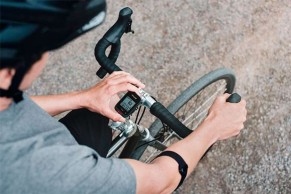
Currently, most optical sensors are capable of achieving accuracy very close to that offered by traditional straps which, for most uses, is usually sufficient. Only those who perform more specific training could miss greater precision when performing intervals, but, let's be realistic, this type of cyclist is probably already using power measurement for their workouts.
That is why optical sensors are gradually relegating traditional chest straps in the market, in fact, in brands like Wahoo their chest straps have been out of stock for some time, with no signs that they are going to be available again.
Sensors to switch to optical pulse measurement
In addition to all the sports watch models and smartwatches on the market, several brands have launched armband type sensors that, through the usual ANT+ or Bluetooth connections, we can link with our cycle computer to have the heart rate data. These are some of the most popular.
Polar Verity Sense
It has 6 LEDs for greater precision in addition to three operating modes that add to the normal reading a pool operation mode and another memory recording mode in which the data is stored to be downloaded later. It only uses Bluetooth transmission so it may not be compatible with all cycle computers. All this in a device of just 5 g in weight that has a price of 99 €.
Wahoo Tickr Fit
This band is designed to be placed on the forearm instead of as an armband in the biceps area, perhaps a less practical placement for cycling. It has a rechargeable battery that provides up to 30 hours of duration and a price of 79.99 €.
Coros HR
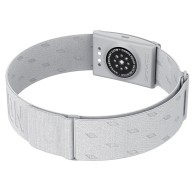
Minimalist design with a sensor housing that prevents any external light so that the measurement cannot be interfered with by this cause. It only has Bluetooth data transmission, which we will have to take into account when establishing compatibility with our cycle computer. It has a price of 79 €.
TwoNav Heart Rate Arm Sensor
 Designed to be placed on the forearm, it has ANT+ and Bluetooth transmission so it is compatible with practically all devices on the market. It has a price of 47.20 €.
Designed to be placed on the forearm, it has ANT+ and Bluetooth transmission so it is compatible with practically all devices on the market. It has a price of 47.20 €.
